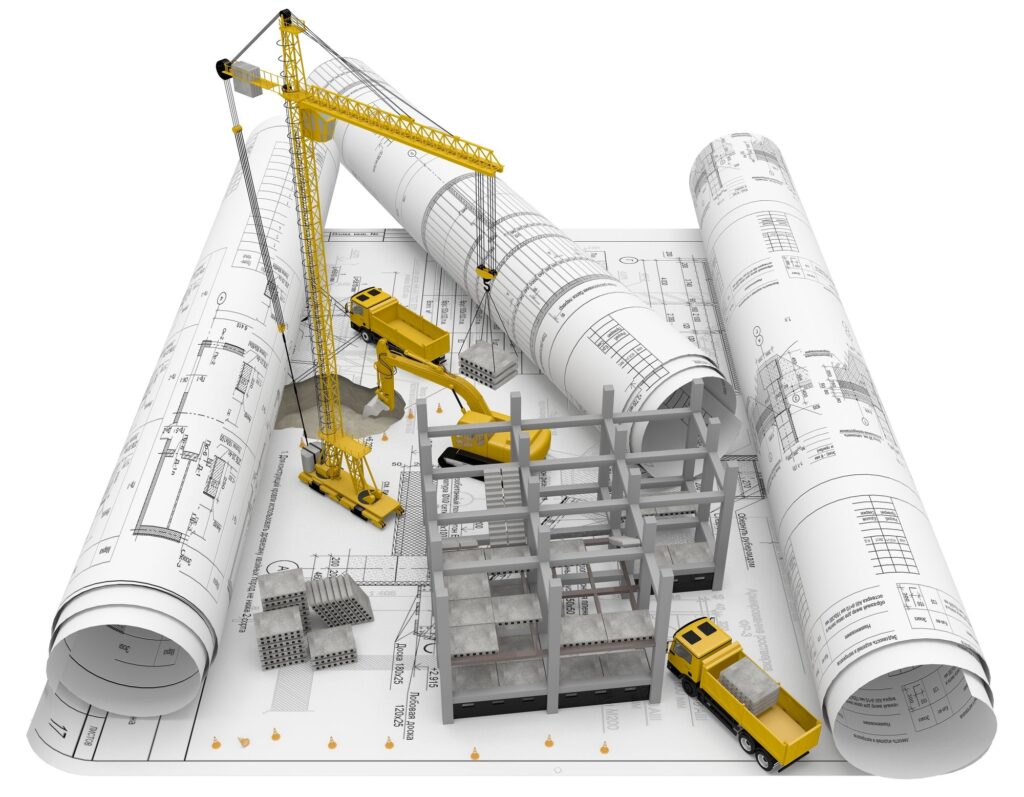
Value engineering is all about systematically improving the value of new or existing products. This process takes place in the design phase. But you can incorporate value engineering at any stage of construction if required. It focuses on reducing costs while increasing functionality by incorporating alternative solutions.
When it comes to construction, value engineering can be extremely beneficial. And the sooner you start with the process, the better the results. So, keep reading to learn more about value engineering in the construction phase and how we define it.
What is Value Engineering in Construction?
During the construction process, there are three main stages. These include the pre-construction stage, the design stage, and the construction stage.
To get the most out of value engineering, it’s best to apply it at the very beginning of your project. In other words, strategically setting out how to get the most value with the lowest cost to resources should be in the planning stage. But, that doesn’t mean that value engineering is completely off the table during the construction phase.
Often, construction teams will implement value engineering when it becomes clear that the project can’t succeed following the initial plans, resources, budget, and scope. This means that the project has already been underway for a while before implementing value engineering.
Implementing it this late in the project should be done cautiously. Any major changes in the construction phase may have major cost implications and could cause delays. But there is still great value in looking at the project critically no matter the stage.
Some of the key steps when it comes to value engineering in the construction phase are the following:
1. Information gathering: collect data to understand the scope of the project.
2. Function analysis: analyze whether certain aspects are serving a necessary function.
3. Creative speculation: identify alternative solutions.
4. Evaluation: evaluate whether those solutions are sufficient.
5. Cost analysis: assess the costs of the alternative solutions.
6. Development: develop alternatives to ensure the most success.
How to Define Value
To best understand value engineering, a thorough understanding of the term ‘value’ is essential. Value does not necessarily mean that you cut the costs of producing your product. While cost-cutting is an essential part, there are also other considerations – like quality and maintenance.
We take a look at these below.
Reducing Costs
Cost reduction is the primary goal of value engineering. The first port of call will always be around finding cheaper alternatives to do the same job.
Some cost-reducing suggestions include:
1. Finding features that are similar but cost less.
2. Removing features that are unnecessary and costly.
3. Planning your projects.
4. Lower costing but higher-performing parts.
Quality
Quality of parts and end products is essential. Without this element, value engineering would simply be a cost-cutting exercise. So, quality should always be at the forefront of decision-making.
Further, quality is not necessarily limited to the product. Quality also includes the environment and the atmosphere you create and the quality of team members to create that environment.
There are also many factors to consider when deciding on the quality of a product.
For example, a higher quality product might mean a higher cost. But this may be justified by the fact that the product will provide more value. Eg. high-quality materials or fittings in a building may be more durable and last longer. Thus, they won’t need to be replaced for a very long time.
Further, you must assess quality in light of the effect it has on your team members. In other words, choosing a higher quality material may be beneficial to those working with it so that they can create better end-products.
Lastly, when assessing the quality of a product versus cost, you should consider whether the product has a higher value overall. In other words, there cannot be a compromise on quality as it adds value to development.
Maintenance
Maintenance is another factor that is not cut and dry. This factor is all about considering the longevity of a product. And further, the cost and ease of maintaining that longevity.
So, you should always consider cost and value in light of maintenance. For example, choosing a lower-cost material may not be the best decision if it needs regular replacement. This will work out to be far costlier and add a lot less value in the long run.
But, considering each factor with your circumstances is essential. For example, saving this initial cost may be a priority because this may be the only way for you to launch and stay on budget.
Conclusion
Implementing value engineering in construction can help ensure that you get the most out of your project. With the help of our professionals at Chad Fisher Construction, we can help you make smart, value-driven decisions to ensure you stick on budget while getting the best end result possible.
